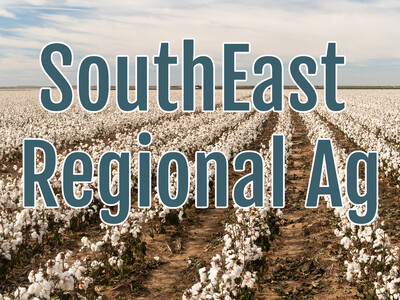Winterkill
This past winter, U.S. growers reduced planting across all three classes of winter wheat. With winter wheat acres in your region at historic lows, it is critical for growers to accurately evaluate their winter wheat stand to make the most informed mid-season decisions.
As winter wheat comes out of dormancy, Walla Walla County wheat growers can depend on Tim Watts, Regional Commercial Manager for Washington for the best tips to determine plant health and winter wheat stand. Tim has advice that can help growers test for winterkill, determine their plant population and evaluate their number of tillers, all of which can help the them make winter wheat decisions based on their individual wheat’s performance.
Assessing Your Winter Wheat Stand
Winter wheat is beginning to come out of dormancy, and the biggest concern on Washington growers’ minds is winter survival. Between growers who planted too early, resulting in too much growth too quickly, to growers who planted later and were met with little to no precipitation, there are a lot of fields right now that may have stand issues. How do growers make the decision on whether to replant or power through the season? As the WestBred® Regional Commercial Manager for Washington, I’ve gathered a list of steps growers should take to evaluate their stands and determine their next steps.
1. Test for Winterkill
To test for winterkill damage, growers can dig up a few plants (I recommend several spades of soil with wheat) and bring them inside to warm up. Put the plants in a bucket or tub and apply water. If your plants quickly green up, it’s likely not winterkill; what you are seeing is plant tissue burn and dehydration. If the plant does not respond, it may have suffered winterkill.
Another way to determine if plants are healthy is to remove some sample crowns from the field, place them in a closed plastic bag and leave them in a warm room. If the crown has a brownish or dry appearance, then you should be concerned. Crown tissue that is severely damaged will quickly turn brown, while healthy tissue remains white.
2. Determine Plant Population
Growers can determine their plant population by doing stand counts. To complete a stand count, growers should observe three feet of a row in various locations throughout their field. Count the number of plants in the three-foot length and find the average of the different counts. Multiply the number by four, then divide by your row width, in inches, to determine the number of plants per square foot.
Ideally, you would want this number to be in the range of 23 to 30 plants per square foot. However, anything from 15 to 22 plants per square foot can potentially bounce back to reach maximum yield potential.
3. Evaluate Number of Tillers
Stand issues can be overcome if heads per unit are higher than average, because a thinner stand that has a lot of tillers per area can still compensate. Tillers are the ancillary stems that branch out from the main stem. Some varieties will not tiller profusely so it is wise to understand how much different lines can compensate.
To determine the number of tillers, repeat the same process as you use to determine plant population, this time counting both the tillers and the main stems. As a rule of thumb, more than 60 tillers per square foot is necessary for a viable crop.
4. Make your Decision
Once you’ve observed the three conditions above, you will need to decide your next steps. If winterkill damage is in an isolated area or is a relatively small percentage of the field, I usually recommend that my growers do nothing. Let the spring play out.
If winterkill is uniformly across the field you may need to consider making an additional application of nitrogen in the spring to stimulate tillering. This application should occur as soon as the plant breaks dormancy for maximum effectiveness. When plants suffer from winterkill, it leaves open area for increased weed pressure. You should consider making an additional herbicide application to control early-emerging summer weeds like kochia, Russian thistle and pigweed.
If large areas are affected it may be more lucrative to abandon the crop and replant with a spring wheat or another crop. It’s always good to talk to your agronomists and get their advice. You’ll need to understand any herbicide carryover that may damage a replanted crop. Prior to removing a crop, contact your crop insurance company to determine options as well.


















